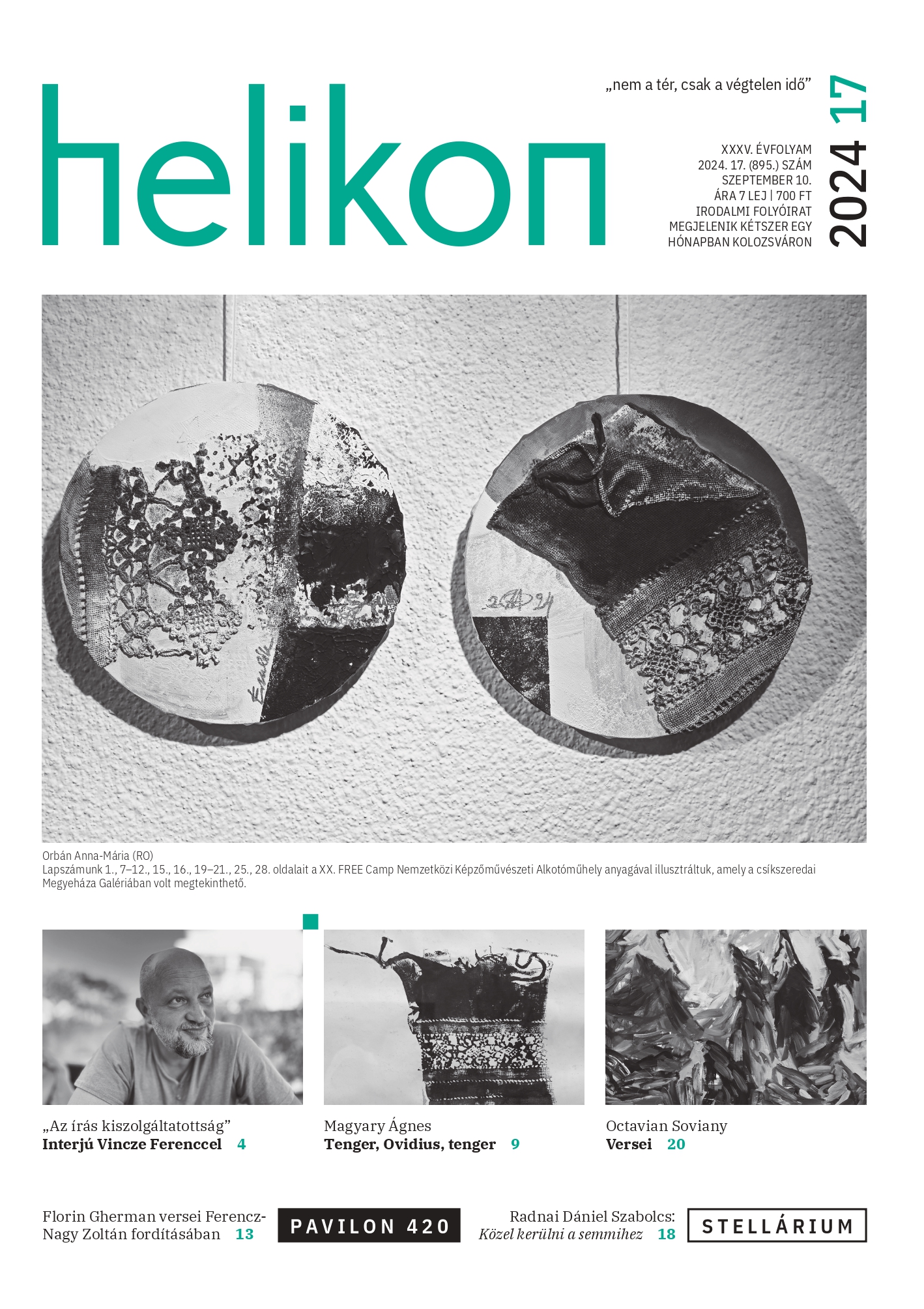
We kindly inform you that, as long as the subject affiliation of our 300.000+ articles is in progress, you might get unsufficient or no results on your third level or second level search. In this case, please broaden your search criteria.








Book review by Pál Böjthe on György Gaal: "Az erdélyi tudományosság fellegvára. A kolozsvári Ferenc József Tudományegyetem alapításának 150. évfordulójára"
More...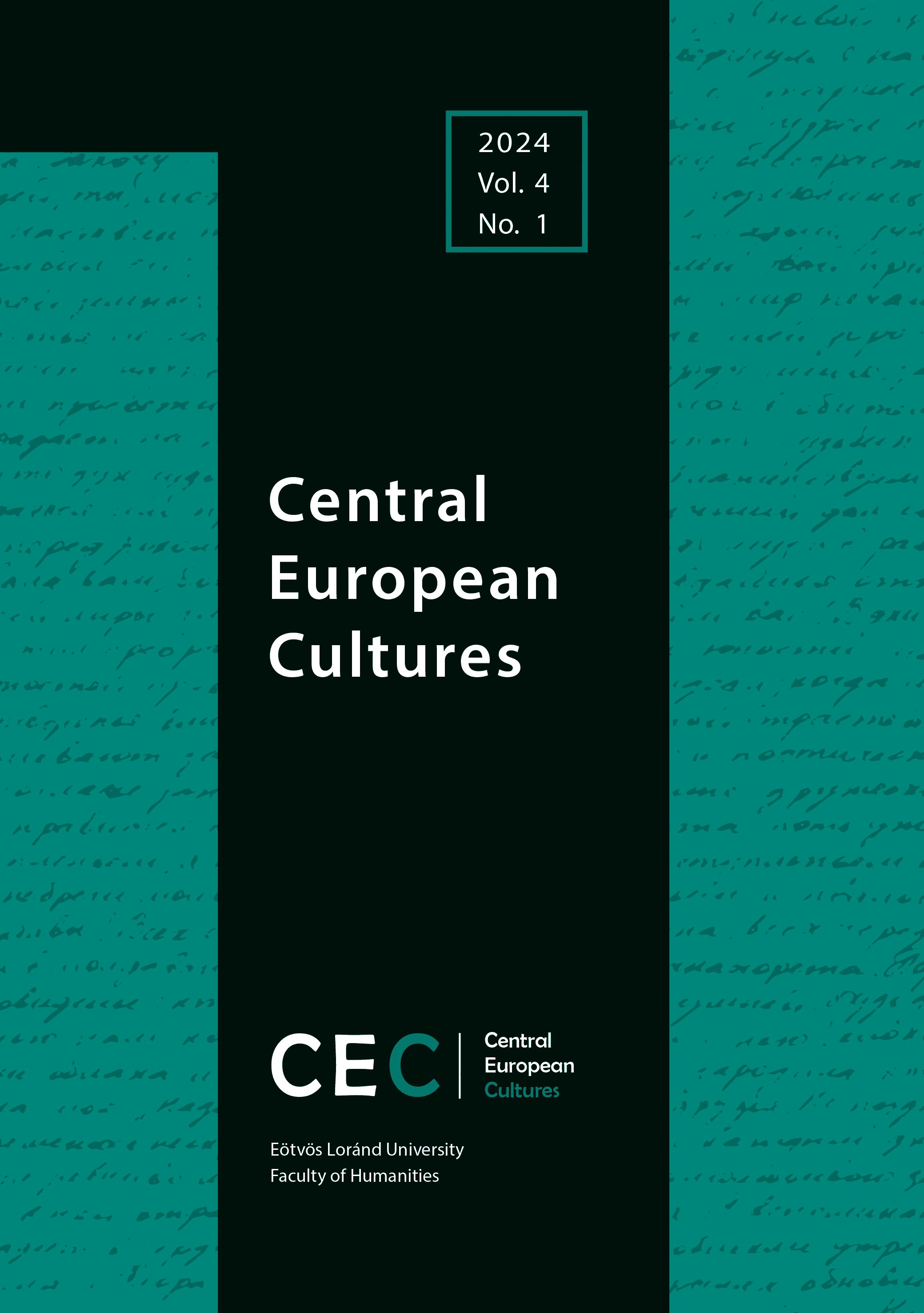
The article examines how László Garaczi’s Weszteg portrays isolation and mass formation in the context of the coronavirus pandemic. In the first part of my essay, I investigate the representation of the “quarantine state.” I argue that in the novel, technology deepens isolation instead of helping to connect with others. In the next section, I examine how the novel depicts the transformation of our relationship with “live” presence, physical proximity, and mass situations due to the pandemic and increasing technological mediation. As I show, physical contact with others and being in a crowd appear exclusively as inconvenient, frustrating, or threatening experiences in the novel. Thereafter, I analyze the dystopian images of violent, barbaric crowds in the text. I claim that they condense collective fears arising from the pandemic, and the novel sensitively points out the mechanisms of scapegoating in times of crisis. Finally, I argue that the novel also vividly portrays a mass experience that is not connected to physical presence. The “virtual crowd,” organized with the facilitation of mass media, is depicted as a multitude of lonely, isolated individuals. I scrutinize the characteristics of this crowd, as well as the role of biopolitical power and mass media—especially aggressive news streams—in organizing the masses and maintaining isolation.
More...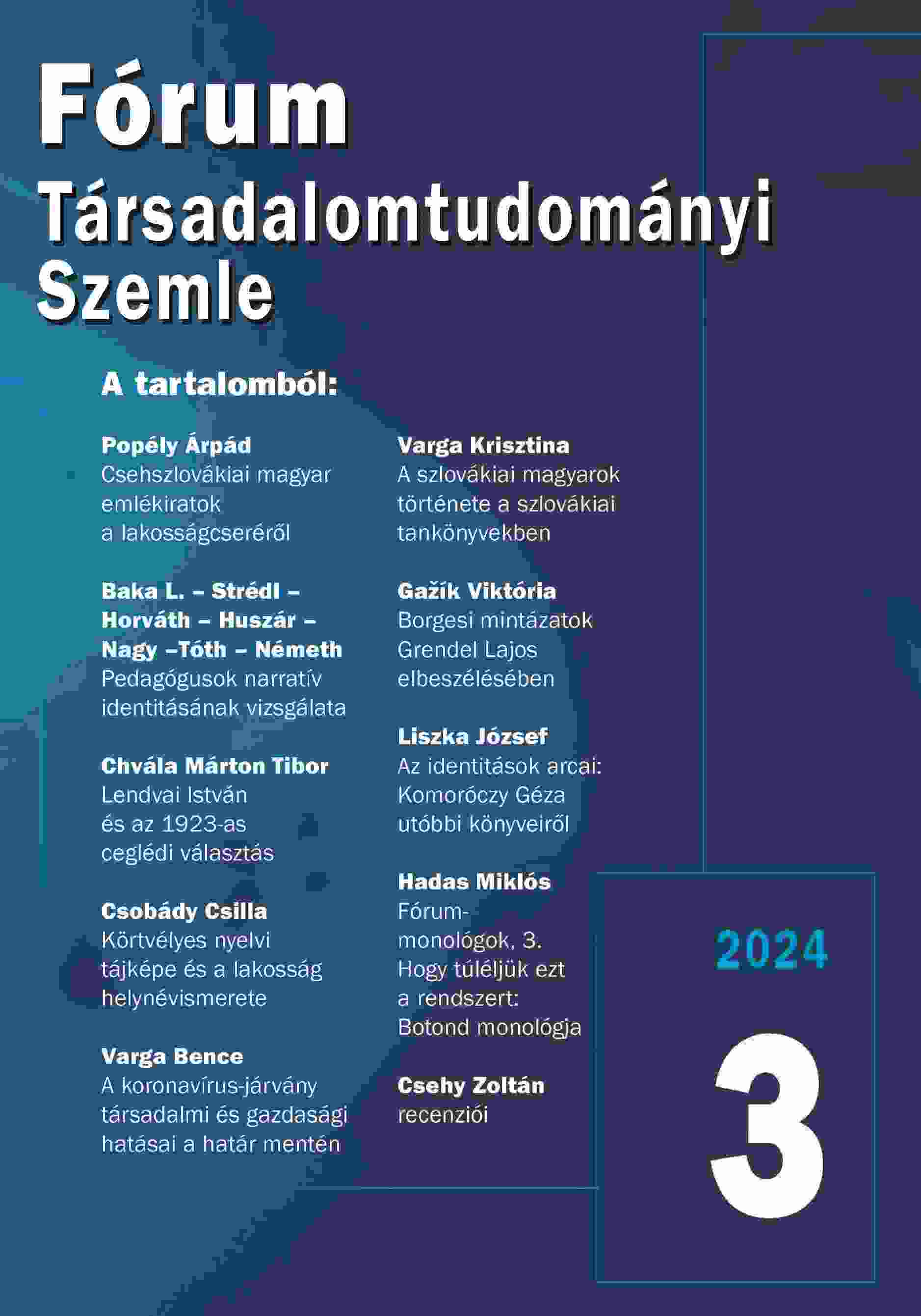
This paper examines the content of Lajos Grendel's novella Bőröndök tartalma [The Contents of Suitcases], dedicated to Jorge Luis Borges and published in 1986. Its aim is to identify specific links between the Grendel novella and Borges' oeuvre. The study picks out Borges's short story The Book of Sand as a preface, and to prove the existing links between the two opuses, it first describes the chronological circumstances, then uses narratological and comparative methods to examine the text from the following aspects: standpoint, character traits, plot. The analysis also focuses on the differences between the two texts and on the characteristics of the infinite book, which becomes central to both ones. The paper also deals with the fantasy-based interpretation of magical realism and its manifestation in Grendel's oeuvre (essays Prikk és Pantheosz [Prikk and Pantheos]; Valóság, fantasztikum, mágia [Reality, Fantasy, Magic]).
More...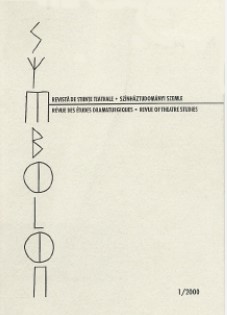
“Édes Anna”, the novel by the famous Hungarian writer Dezső Kosztolányi, written in 1926, has had twenty-seven stage adaptations throughout the Carpatian Basin in Hungarian. It is about a female servant in the 1920’s in Budapest, who serves at a middle-classed family, and finally she kills her masters. On the 19th of September 2003, the Miklós Tompa Company of the National Theatre of Târgu-Mureș staged their own adaptation of the novel which was directed by László Gali, based on the script by Tibor Solténszky. This adaptation had already been staged in Komárom two years earlier. What were the particularities of the performance in Târgu-Mureș? In my paper I will outline this question in the context of other Édes Anna adaptations and show the peculiarities of this one in light of Hungarian theatre history, that are not sufficiently visible at first sight.
More...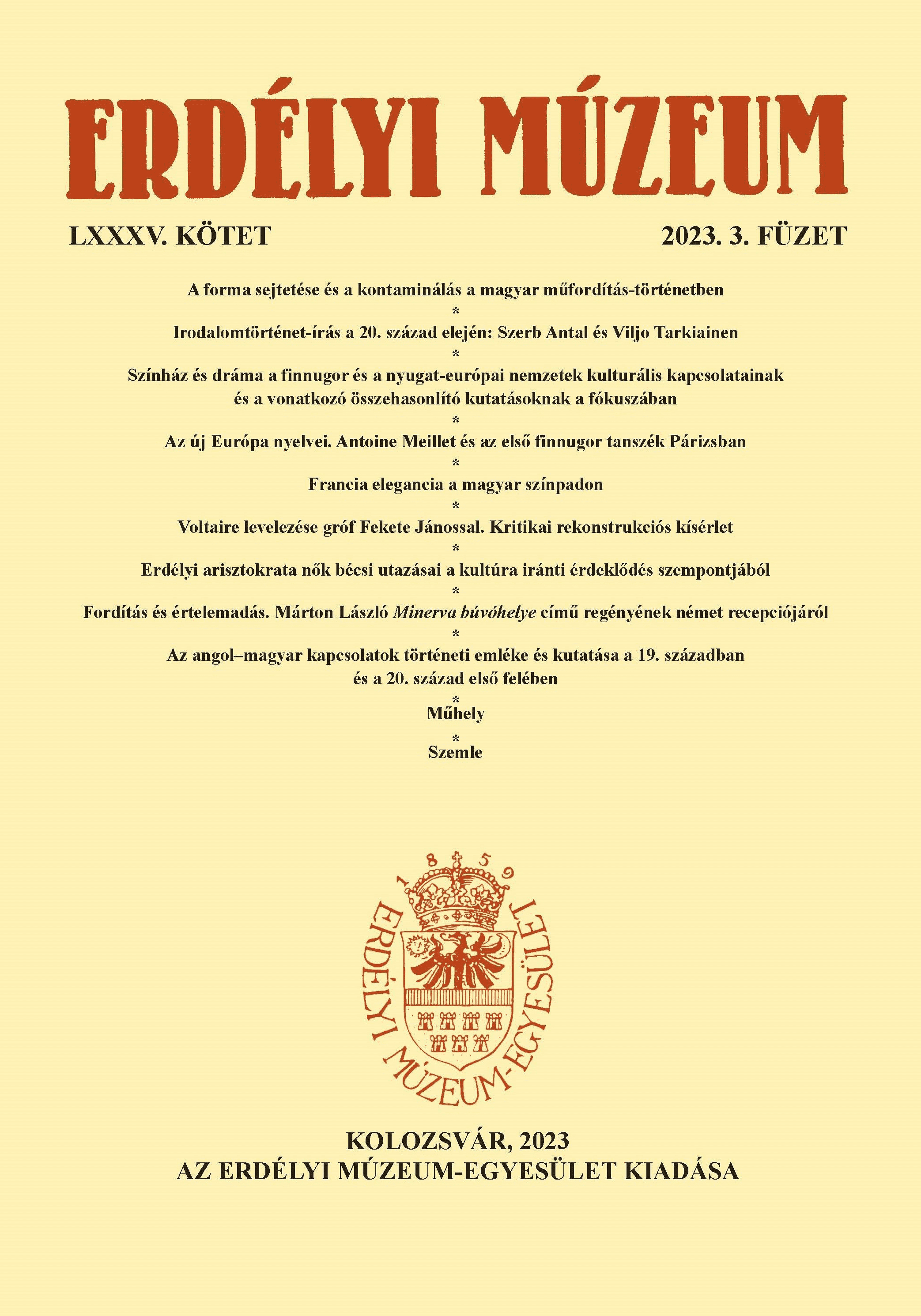
In my research I investigate the Finnish and the Hungarian literary field. My article focuses on the first part of the 20th century. In 1934 a new literary history was published both in Hungary and in Finland. Antal Szerb’s work, ’The History of Hungarian Literature’ is still popular, which can be illustrated by the fact that a critical edition was published in 2019. Viljo Tarkiainen, one of the most appreciated Finnish literary scholars, was also the single author of the ’History of Finnish Literature’. By a metadiscursive approach, my aim is to investigate how the above-mentioned works represent the national literary history. I believe that a comparative method, which can reveal the strategies that play a role in the construction of national literary histories in F inland and in Hungary, can add new perspectives not only to these two literary historians’ images, but also to the understanding of the contemporary meaning(s) of the term national.
More...
The starting point of my article consists of László Márton’s novel Minerva búvóhelye (Minerva’s Hiding Place) and its German versions. In this work László Márton places in the centre of events a Hungarian literary figure from the 19th century, thus directing the Hungarian readers to apply the mechanisms of referential reading when interpreting the text. For the German readers, however, the name of Johann B. and his activity do not mean much, therefore the novel is primarily read as a Linz-novel, without paying attention to the elements derived from Hungarian literary events. Starting from the distinct nature of the reception, I examine to what extent the linguistic context shapes the nature of interpretation.
More...
The paper reviews the colour names of Gyula Krúdy’s first Sindbád short story (red, blue, gray, white, black, etc.), gives the places of their occurrences in the text, and the system of colour use based partly on the themes and partly on the colour relations. The use of colour in the description of landscapes and people is adapted to the usual state of the portrayed objects, with the exception of the student girl on her death bed and the dance school scene of the short story. In these, although white as part of the representation is also a representation of real colours, it still creates symbolism in contrast to the black dress colour of Sindbad’s former love.
More...
The study summarizes the 1614 Basel volume of János Filiczki, who was referred to as the “Hungarian Ovid” or the “Hungarian Martial”. The volume is significant for Hungarian literary history because it is a collection of occasional poems – which were fashionable at the time – edited by the author himself. No other similar work is known from that era in Hungary. The summary thematically arranges the poems in the 1614 volume and, as much as the length allows, attempts to touch upon their content. The more interesting poems are analyzed in detail, providing references to both ancient and contemporary sources.
More...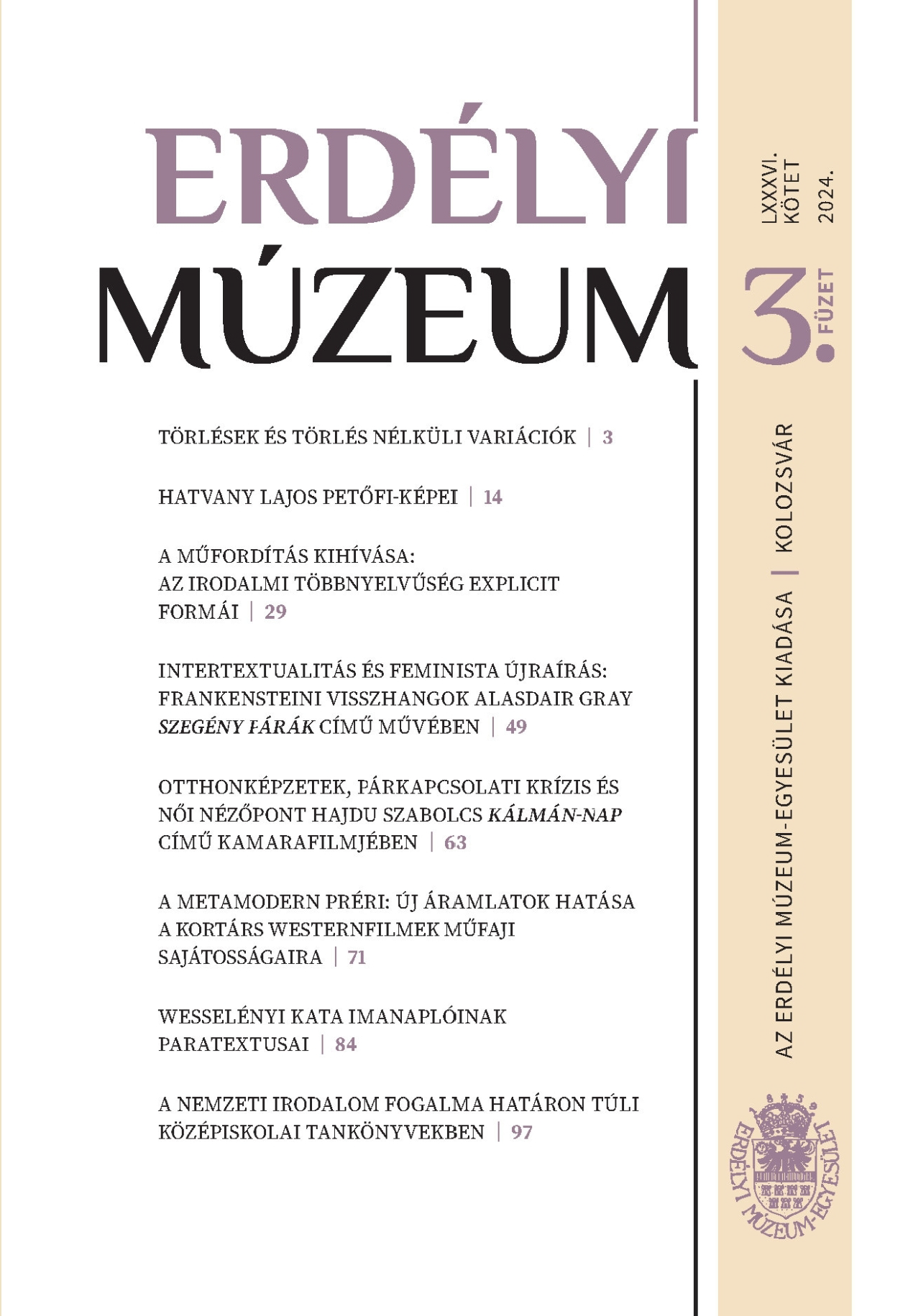
Lajos Hatvany considered his work Így élt Petőfi (Thus Lived Petőfi) the main endeavour of his life. In this piece, he compiled the recollections of Petőfi’s contemporaries and, supplemented with his own notes, he recreated Sándor Petőfi, whose image, according to Hatvany, had faded by the 1950s, with only a few outlines accessible and known in fragments rather than in their entirety, both in terms of the person and his oeuvre. Hatvany created, wrote, or rewrote a Sándor Petőfi who had some connections to the person who lived in the first half of the 19th century, but the actual figure and the revolutionary poet subordinated to Hatvany’s literary and socio-political aims do not overlap in every detail. This study examines where and by what methods Lajos Hatvany intervenes in the perpetuation of Petőfi’s image.
More...
This study focuses on the paratexts of six manuscript volumes of Kata Wesselényi de Hadad, edited and prepared for printing, in which I examine the context and narrative they create around the works and how the author presents herself in these texts. In the volumes created from 1748 to the mid-1780s there are several types of paratexts: title page and biblical quotations, prefaces in prose or verse, dedications, afterwords and indexes; in addition, preceding the meditations and poems, there is a brief summary of the contents that outlines the circumstances and occasion of the writing. These passages play an important role not only in the arrangement and formal structure of the volumes, but also in the way we read the works, informing or even misinforming the reader and creating an image of the author.
More...
In a biblical story, Elijah was taken up into the heavens by a fiery chariot. Knowledge of the Hungarian word „szekér” (coach, chariot), as well as the object it denotes and the biblical motif, is necessary for understanding several poets’ works (e.g., Endre Ady, Mihály Csokonai Vitéz, Sándor Petőfi). Preconceived notions about „szekér” and presuppositions in the text sentences are conditions for text coherence and comprehension.
More...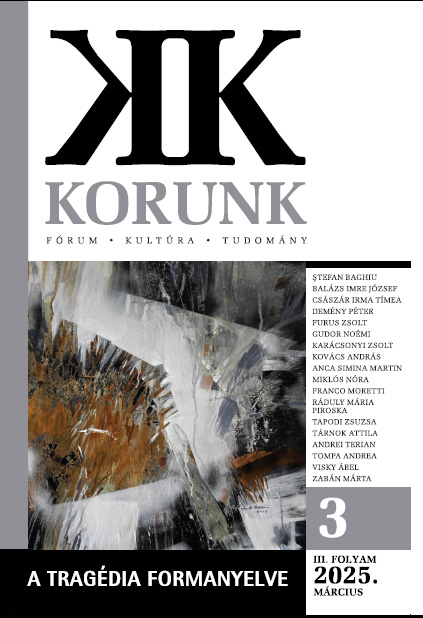
The drama Hölgy a barakkban (Lady in the Block) by Mária Földes demonstrates that there is no such thing as total power – the option of resisting power is always possible, and the resilience of the human will in extreme situations can also rely on additional, unsuspected reserves of inner strength, or on the power of solidarity. Based on a story by Romain Gary, Mária Földes inscribes the topic of her own play into the world literary circulation by choosing a form that is a condensed representation of a borderline situation. The situations of conscious resistance to the attempts of dehumanising the subjects of the Holocaust may be the key to his interpretation: the play, which in many respects builds on the forms of (modern) tragedy, highlights the powerful moments that shape the meaning of individual fall in the context of asserting a broader principle.
More...
Reviewing the new edition of József Katona’s translated plays, the author argues that the professional, precise and transparent work of the editors can help us to refine our image of József Katona. As a consequence, he is no longer just the author of Bánk bán, but also a prolific translator in the first half of the 19th century. The volume provides a glimpse to the early Katona oeuvre, and it offers a much broader perspective than before, through the inclusion of translations into the oeuvre.
More...